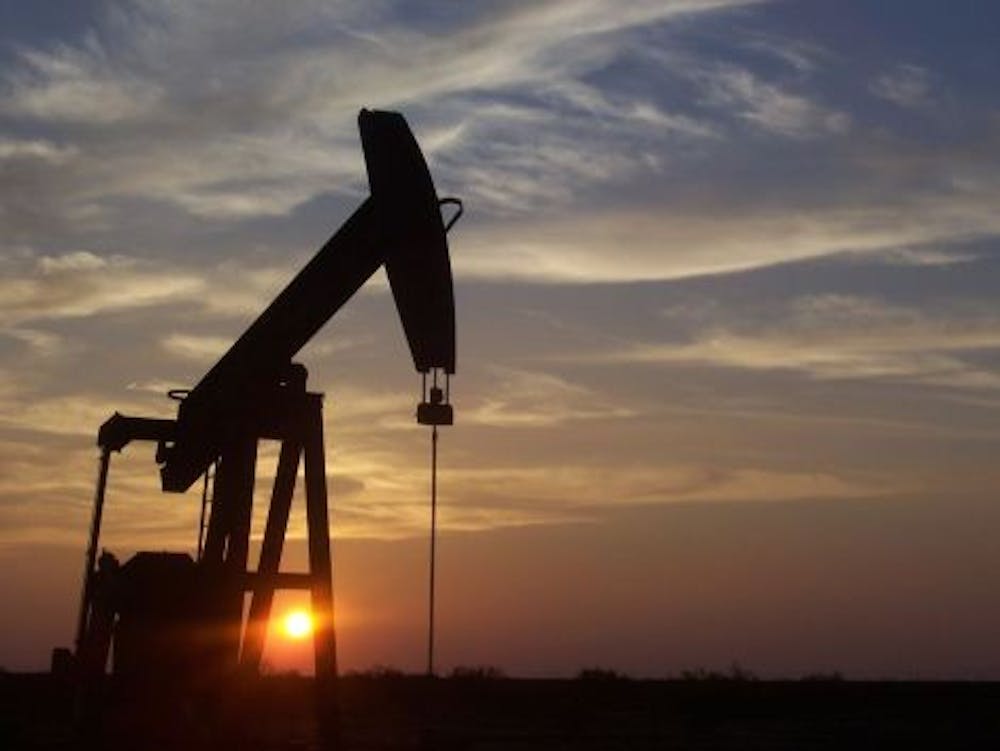BY SARI AMIEL
The Environmental Protection Agency (EPA), working toward its goal to achieve a 45 percent reduction in methane emissions from 2012 levels by 2025, unveiled regulatory proposals last Tuesday that would reduce methane emissions from the production of oil and natural gas.
These regulations are estimated to reduce methane emissions by 20 to 30 percent by 2025. If no restrictions are placed on methane emissions, the EPA estimates that they would increase by 25 percent by 2025.
Tuesday’s regulations would place restrictions on new hydraulic fracturing or “fracking” and require companies to fix leaks in wells, pipelines and storage tanks that contain oil and natural gas. Additional regulations would also be placed on existing oil and gas producers in areas of the U.S. that already have high levels of air pollutants.
According to Janet McCabe, the EPA’s acting assistant administrator for the Office of Air and Radiation, the regulations could cost an estimated $320 million to $420 million by 2025, but they are projected to save $460 million to $550 million during that same time period.
“We can continue to accelerate the transition to a clean-energy economy by capturing fuel that would otherwise be wasted, while also preventing pollution that harms our climate and the health of our families and communities,” McCabe said to reporters.
Natural gas is primarily comprised of methane as well as small amounts of other gases including ethane, propane, oxygen and nitrogen. Environmental regulations often focus on carbon dioxide, but methane is also a potent greenhouse gas. According to the EPA, methane remains in the atmosphere for a shorter amount of time than carbon dioxide, but methane traps heat 25 times more effectively.
Of all the human-emitted greenhouse gases in the U.S., methane is the second-most prevalent in the atmosphere after carbon dioxide. A majority of the world’s emissions of methane stem from human activities, with only 40 percent of these emissions coming from natural sources.
Tuesday’s proposed regulations drew mixed reactions from the oil and natural gas industries. Mark Boling, an executive vice president of Southwestern Energy Co., a producer of natural gas, praised the regulations for providing companies with the flexibility to decide how to meet the regulations.
On the other hand, Jack Gerard, president and chief executive of the trade group American Petroleum Institute, objected that the proposed regulations are similar to a 2012 rule that indirectly reduced methane emissions.
“The last thing we need is more duplicative and costly regulation that could increase the cost of energy for Americans,” Gerard said.
The EPA’s proposed regulations on methane emissions are the latest addition to a set of proposed regulations that fall under the umbrella of the Obama Administration’s Clean Power Plan. This plan includes a number of measures aimed at reducing greenhouse gas emissions and preparing the U.S. to adapt to climate change. The Clean Power Plan will help the U.S. work toward its goal of reducing overall greenhouse gas emissions by 28 percent below 2005 levels by 2025, a goal that it announced at a recent United Nations climate talk.
On Aug. 3, the EPA released another set of proposed regulations to cut carbon emissions from power plants at a level of 32 percent below 2005 levels by 2030. This measure, considered to be the largest component of the Clean Power Plan, applies a different emissions reductions target to each state. States will be able to draft their own plans to meet these targets, and the EPA will develop plans for states that do not draft their own. If these regulations go into effect, they are expected to further decrease the use of coal, which has recently been on the decline.
As part of the Clean Power Plan, the White House also proposed new emission standards for vehicles, invested over $4 billion in clean energy and invested in job training in coal-producing regions, among other measures.
As of now none of these proposed EPA regulations have gone into effect. Their initial release will be followed by a comment period in which the public can provide the EPA with feedback. After this comment period ends, the EPA will reevaluate its rules before they become legally binding.





